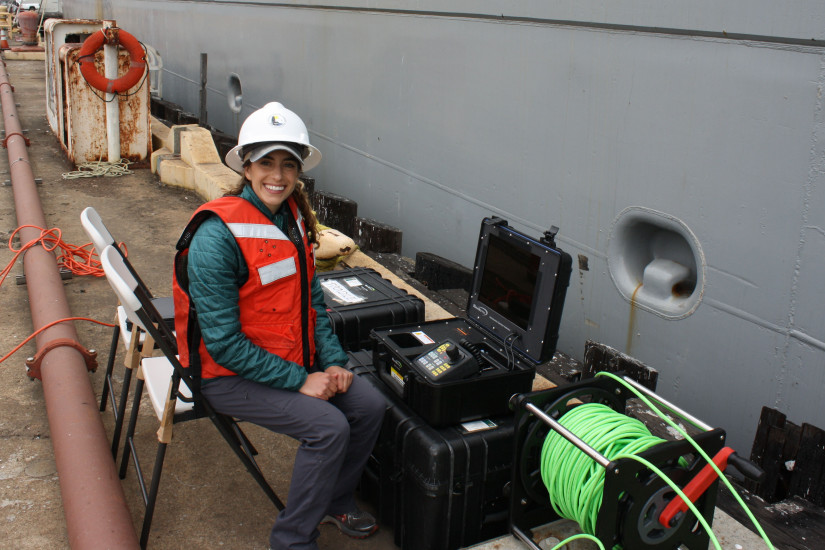
Dear Fellow,
As each week passes in my fellowship at the State Lands Commission, I am discovering new corners of my brain to pack with information. While I thoroughly enjoy my incredibly diverse workload, applying my background in environmental conflict resolution toward Commission environmental justice outreach efforts has been particularly rewarding.
Thus far, I have helped plan and facilitate three environmental justice roundtables in Oakland, Martinez, and Long Beach, and one tribal roundtable in San Diego focused on hot-button issues like marine oil terminals, hazardous waste, coastal development, and marine spatial planning. While I am still learning about how best to assemble and facilitate a community roundtable, below are some early lessons learned that may help current or prospective fellows navigate a similar terrain.

Planning:
- Develop an environmental justice outreach list.
- Use CalEnviroScreen: This tool helps inform where the event should be held.
- Create a dedicated external email address (e.g. environmentaljustice@slc.ca.gov).
- Contract and partner with a local environmental justice organization.
- This will:
- Increase representation from migrant and minority communities.
- Put money back in the pockets of organizations who support the most disenfranchised.
- Build and maintain relationships and trust within the community.
- This will:
- Offer food, beverages, childcare, free parking, translation services, and secure a venue close to public transit.
- Schedule the event after work hours.
- Engage tribes.
- Know your audience: Develop reader-friendly outreach materials (flyer, blast email, agenda, handouts) that avoid technical jargon and acronyms.
- Conduct targeted outreach: Use methods like door-to-door visits (contracted environmental justice organizations can provide this service!) and email/call local environmental justice organizations, non-profits, health and planning departments, and government offices.
Build in time for networking.

Chairman of the Port of San Diego Rafael Castellanos and state controller Betty Yee participate in the tribal roundtable held at the Scripps Institution of Oceanography at UC San Diego.
Facilitation:
- Offer facilitator training.
- Request attendees to sign-in: Provide a column to add contact information for follow-up.
- Listen: Structure the agenda so most of the roundtable is spent on listening to issues/concerns.
- Know your jurisdiction and authorities: Develop a list of anticipated questions and answers and circulate with facilitators.
- Develop community agreements: Present the agreement at the beginning of the roundtable. (Example: http://www.resource-media.org/wp-content/uploads/2018/08/Community-Agreements-1-pager.pdf)
- Clearly state purpose, objective, or goals: Be prepared to express what your agency plans to do with the information gathered.
- Dedicate time for smaller roundtable discussions.
- Develop probing questions: This will help kick-off the conversation. Share questions with attendee list ahead of the roundtable.
- Assign dedicated notetakers and facilitators: I suggest 1-2 notetakers per table and 1-2 facilitators per table.
- Distribute a feedback survey.
Follow-up
- Review and evaluate survey responses.
- Follow up with attendees within 1-2 weeks of roundtable.

Written by Abby Newman



